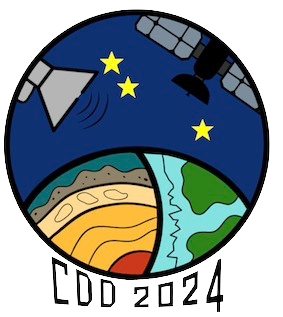Orateur
Description
Unlike subaerial volcanic activity, deep submarine eruptions are difficult to detect, observe in real-time, and monitor. Here we use high-resolution (~2 m) bathymetry from a Remotely Operated Vehicle (ROV) to document seafloor morphologies associated with the 2018 submarine eruption offshore Mayotte. Optical imagery (videos and still images) from the ROV provides ground-truth for geological interpretations. These data allow to conduct quantitative analyses on fine-scale textures (e.g., type of eruptive product, collapse features, stratigraphic units) and to compute 3D models of submarine outcrops to facilitate the understanding of geological objects. The combination of both bathymetric and optical datasets allows to document and discuss for the first time the fine-scale morphologies associated with the newly formed Fani Maoré submarine volcano and the different eruptive processes, that vary both in space and time.
At the map-scale, the ROV microbathymetry shows: a) large volcanic hummocks; b) hummocky seamounts, collapsed and associated with flat surfaces; and c) smooth seafloor showing low relief volcanic features. We also map collapse features associated with scarps, fissures, pits, and lava tunnels, among others. At the photo-scale, we identify both pillow and lobate lavas, together with various hydrothermal indicators (e.g., chimneys, hydrothermal deposits, shimmering).
Our results provide the first insights on the volcanic processes involved in the formation of this new submarine edifice at a depth of ~ 3500 m. These data will be analyzed to provide a quantitative assessment of the links between the morphological and optical textures, that will be correlated to the temporal evolution of lava flow emplacement during this large submarine eruption. The final goal is to constrain the precise chronology, spatial variability, and mode of lava flow emplacement, in relation to the volumes and fluxes associated with the eruption.

